Stunning Companion Plants For Verbena Bonariensis
Stunning Companion Plants for Verbena Bonariensis
Verbena bonariensis is a beautiful, tall-growing perennial that is perfect for adding height and interest to any garden. It is known for its delicate, purple flowers that bloom from summer to fall. Verbena bonariensis is also a great choice for attracting butterflies and other pollinators.
If you are growing verbena bonariensis, you may be wondering what companion plants to choose. Here are some of the best companion plants for verbena bonariensis:
- Marigolds: Marigolds are a great companion plant for verbena bonariensis because they have similar growing requirements. Both plants prefer full sun and well-drained soil. Marigolds also help to repel pests, such as aphids and spider mites.
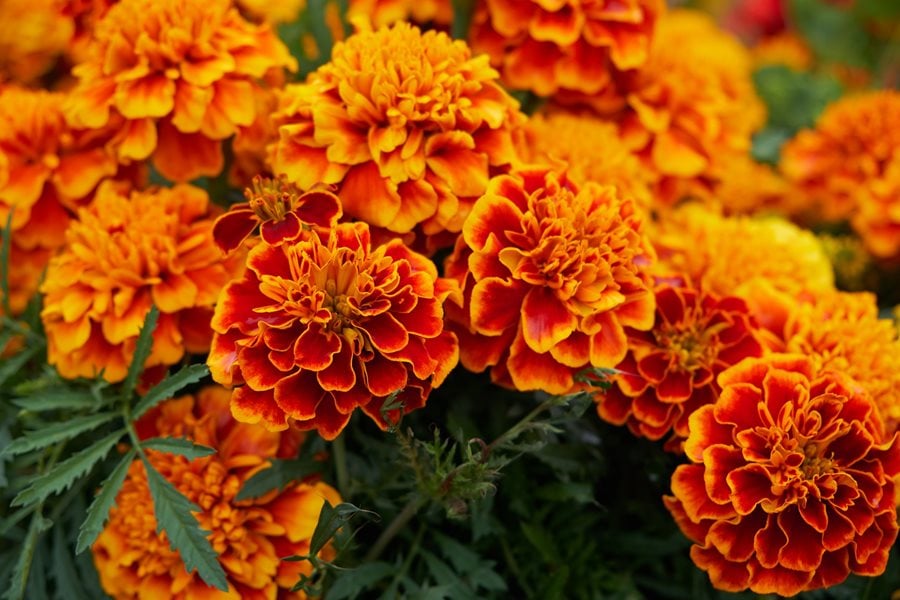
- Nasturtiums: Nasturtiums are another great companion plant for verbena bonariensis. They are both annuals, so they will flower for one season and then die back. Nasturtiums also attract beneficial insects, such as ladybugs and lacewings.
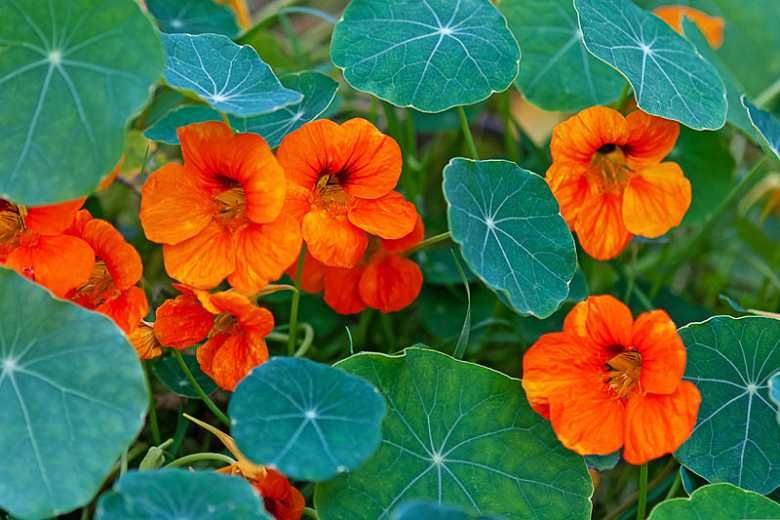
- Zinnias: Zinnias are a colorful addition to any garden, and they make great companion plants for verbena bonariensis. They are both tall-growing plants, so they will help to fill in the back of your garden. Zinnias also attract butterflies and other pollinators.
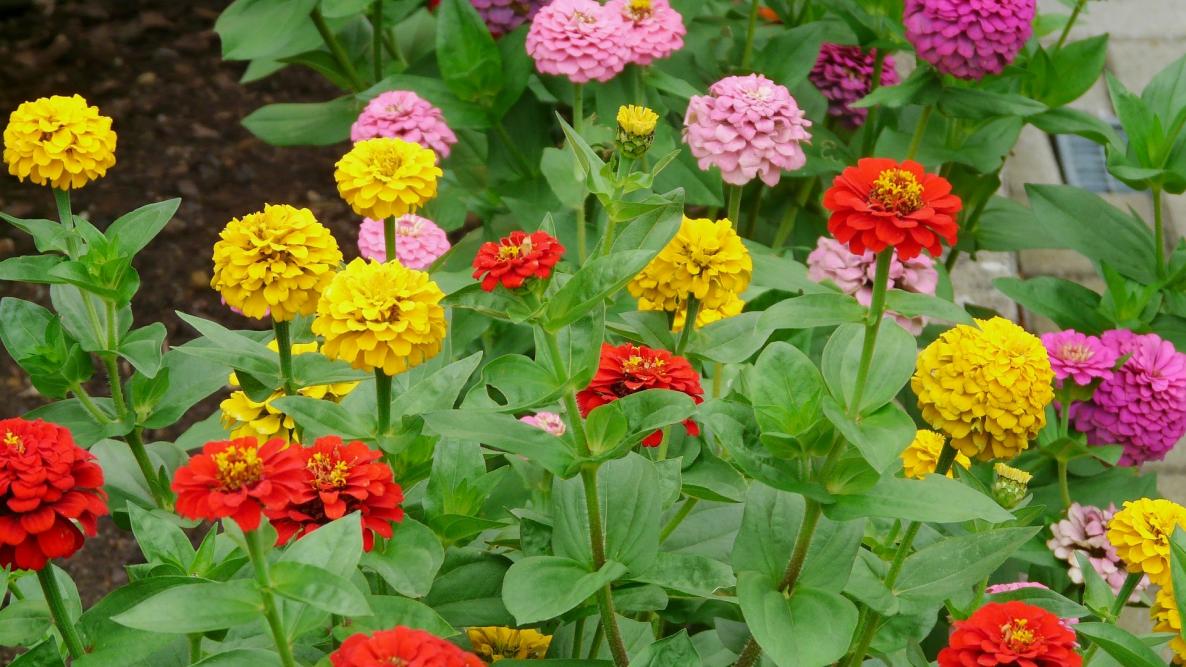
- Ornamental grasses: Ornamental grasses are a great way to add height and texture to your garden. They also help to provide a backdrop for the delicate flowers of verbena bonariensis. Some popular ornamental grasses that pair well with verbena bonariensis include miscanthus, rudbeckia, and cosmos.
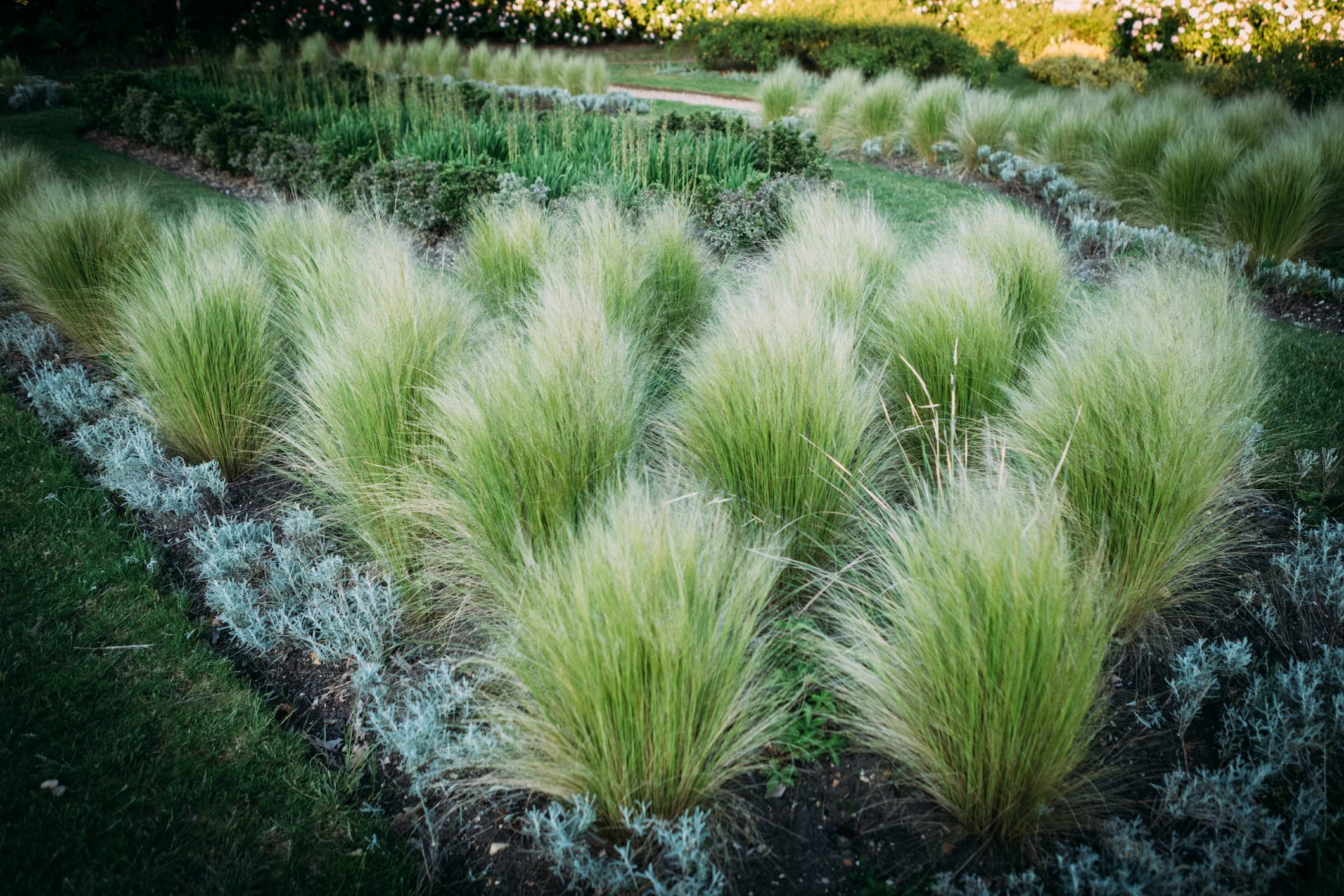
- Agastache: Agastache is a tall-growing perennial that is known for its licorice-scented flowers. It is a great companion plant for verbena bonariensis because it attracts butterflies and other pollinators. Agastache also helps to repel pests, such as mosquitoes.
- Echinops: Echinops is a spiky, blue-flowered perennial that is a great contrast to the delicate flowers of verbena bonariensis. It is a drought-tolerant plant that is perfect for sunny gardens.
These are just a few of the many companion plants that you can choose for verbena bonariensis. When choosing companion plants, it is important to consider the plant's growing requirements, as well as its aesthetic appeal. By choosing the right companion plants, you can create a beautiful and thriving garden.
Verbena bonariensis is a beautiful and versatile plant that can add a touch of elegance to any garden. But did you know that there are certain companion plants that can enhance its beauty even further?
Here are a few of my favorite companion plants for verbena bonariensis:
- Ornamental grasses: The graceful spires of verbena bonariensis look stunning when paired with the airy plumes of ornamental grasses. Some of my favorites include miscanthus, pampas grass, and feather reed grass.
- Tall annuals: Verbena bonariensis can also be paired with other tall annuals, such as cleome, salvia, and heliotrope. This creates a vertical focal point in the garden that is both eye-catching and pollinator-friendly.
- Perennials: If you're looking for a more long-term companion plant, verbena bonariensis can also be paired with perennials such as cosmos, rudbeckia, and agastache. These plants will provide color and interest in the garden for many years to come.
For more information about companion plants for verbena bonariensis, I recommend visiting Gardenia Inspiration. This website has a wealth of information on the topic, including plant lists, planting tips, and more.
FAQ of companion plants for verbena bonariensis
1. What are the best companion plants for verbena bonariensis?
Some of the best companion plants for verbena bonariensis include:
- Marigolds: Marigolds have similar growing requirements to verbena, and their bright orange and yellow flowers complement the purple flowers of verbena beautifully. Marigolds also help to repel pests, such as spider mites.

- Zinnias: Zinnias are another great companion plant for verbena. They come in a wide variety of colors, so you can choose ones that will complement the purple flowers of verbena. Zinnias also attract butterflies and other pollinators.
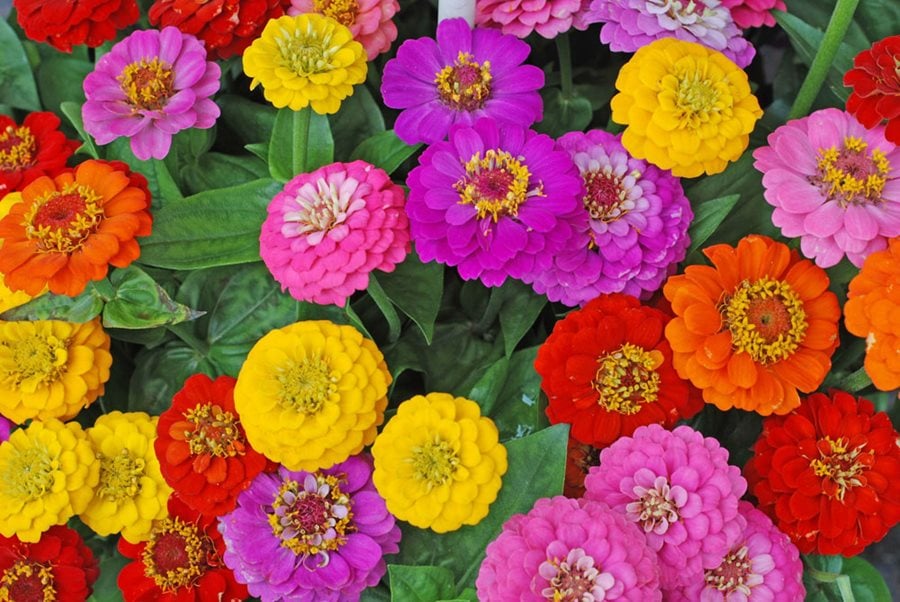
- Ornamental grasses: Ornamental grasses add height and texture to a planting bed, and they can help to fill in the spaces between verbena plants. Some good options for ornamental grasses include miscanthus, pampas grass, and feather reed grass.

- Cosmos: Cosmos are delicate flowers that add a touch of romance to a planting bed. They come in a variety of colors, including white, pink, and yellow. Cosmos also attract butterflies and other pollinators.
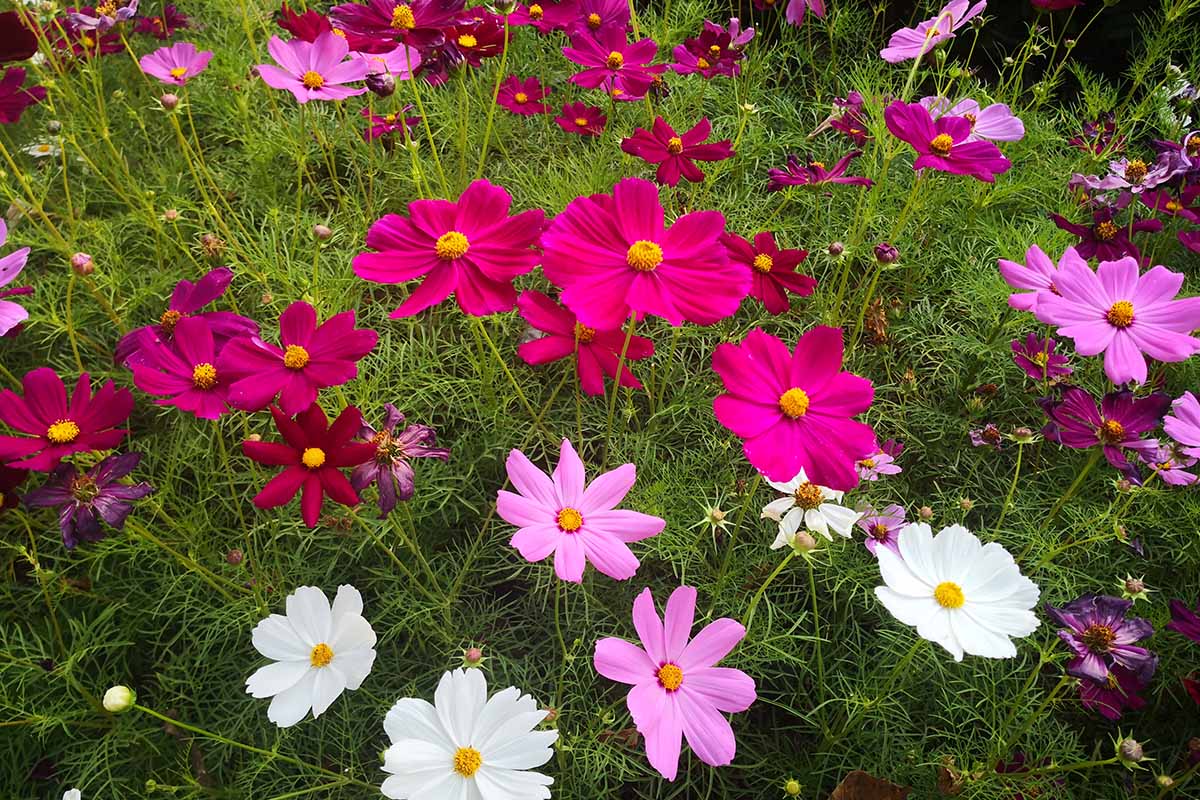
- Lavender: Lavender is a fragrant herb that can help to repel pests. It also adds a touch of elegance to a planting bed. Lavender is a good choice for a companion plant for verbena if you want to create a calming and relaxing space in your garden.
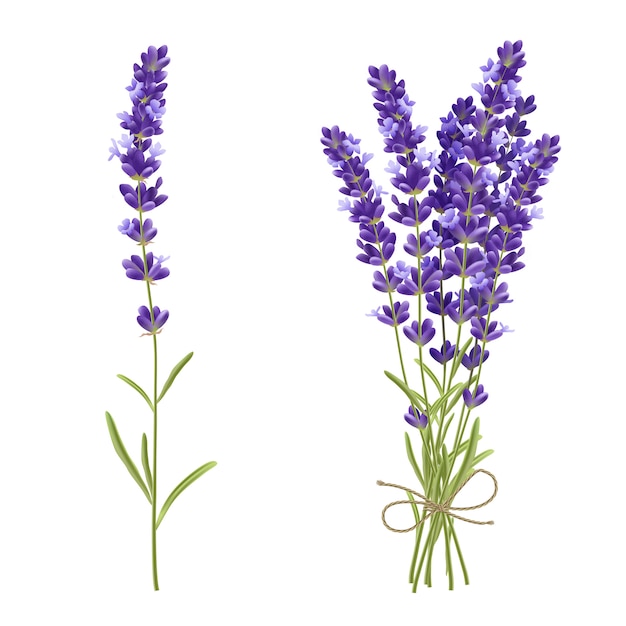
2. What are the benefits of companion planting with verbena bonariensis?
There are several benefits to companion planting with verbena bonariensis. These include:
- Attracting pollinators: Verbena is a nectar-rich plant that attracts butterflies, bees, and other pollinators. Companion planting with verbena can help to increase the number of pollinators in your garden, which is beneficial for both the plants and the environment.
- Reducing pests: Some companion plants, such as marigolds and lavender, help to repel pests. This can help to protect your verbena plants from damage.
- Improving soil quality: Some companion plants, such as cosmos and ornamental grasses, help to improve soil quality. This can benefit the verbena plants and other plants in your garden.
- Creating a beautiful landscape: Companion planting can help to create a beautiful and harmonious landscape in your garden. By carefully choosing companion plants that complement each other, you can create a truly stunning display.
3. How do I plant companion plants with verbena bonariensis?
When planting companion plants with verbena bonariensis, there are a few things to keep in mind:
- Choose companion plants that have similar growing requirements. This will help to ensure that the plants will thrive in the same conditions.
- Plant the companion plants at the same time as the verbena plants. This will give the plants a chance to establish themselves before the growing season begins.
- Space the companion plants appropriately. This will give the plants enough room to grow and thrive.
- Water the companion plants regularly. This is especially important during the first few weeks after planting.
4. What are some common mistakes to avoid when companion planting with verbena bonariensis?
Here are a few common mistakes to avoid when companion planting with verbena bonariensis:
- Planting companion plants that have different growing requirements. This can lead to problems such as nutrient deficiencies or waterlogging.
- Planting the companion plants too close together. This can lead to competition for resources and stunted growth.
- Not watering the companion plants regularly. This can lead to wilting and even death.
5. Where can I find more information about companion planting with verbena bonariensis?
There are a number of resources available to help you learn more about companion planting with verbena bonariensis. These include:
- Gardening books and magazines. There are many books and magazines that offer information on companion planting.
- Online resources. There are a number of websites that offer information on companion planting.
- Gardening clubs and societies. There are many gardening clubs and societies that can offer advice on companion planting.
Image of companion plants for verbena bonariensis
- Ornamental grasses: Ornamental grasses provide a nice contrast to the tall, airy stems of verbena bonariensis. Some good options include miscanthus, pampas grass, and hare's tail grass.

- Cosmos: Cosmos are another tall, airy annual that blooms in a variety of colors. They make a great companion for verbena bonariensis in a prairie-style garden.

- Zinnia: Zinnias are a cheerful annual that blooms in a wide range of colors. They are easy to grow and attract butterflies and other pollinators.
- Nicotiana sylvestris: Also known as "moonflower," Nicotiana sylvestris is a beautiful, fragrant annual that blooms in the evening. It is a great companion for verbena bonariensis in a container or border.

- Veronicastrum virginicum: Veronicastrum virginicum is a tall, upright perennial that blooms in late summer. It has delicate, white flowers that look lovely against the purple blooms of verbena bonariensis.

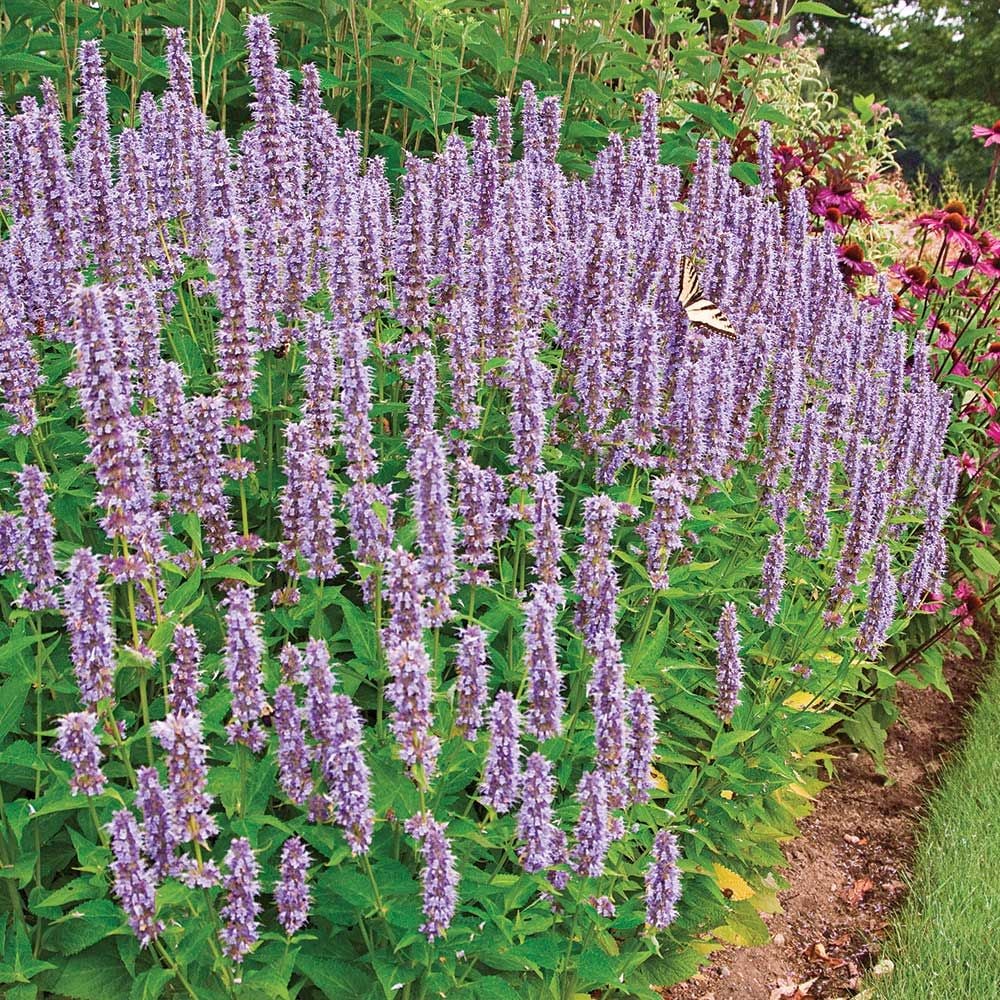
Post a Comment for " Stunning Companion Plants For Verbena Bonariensis"